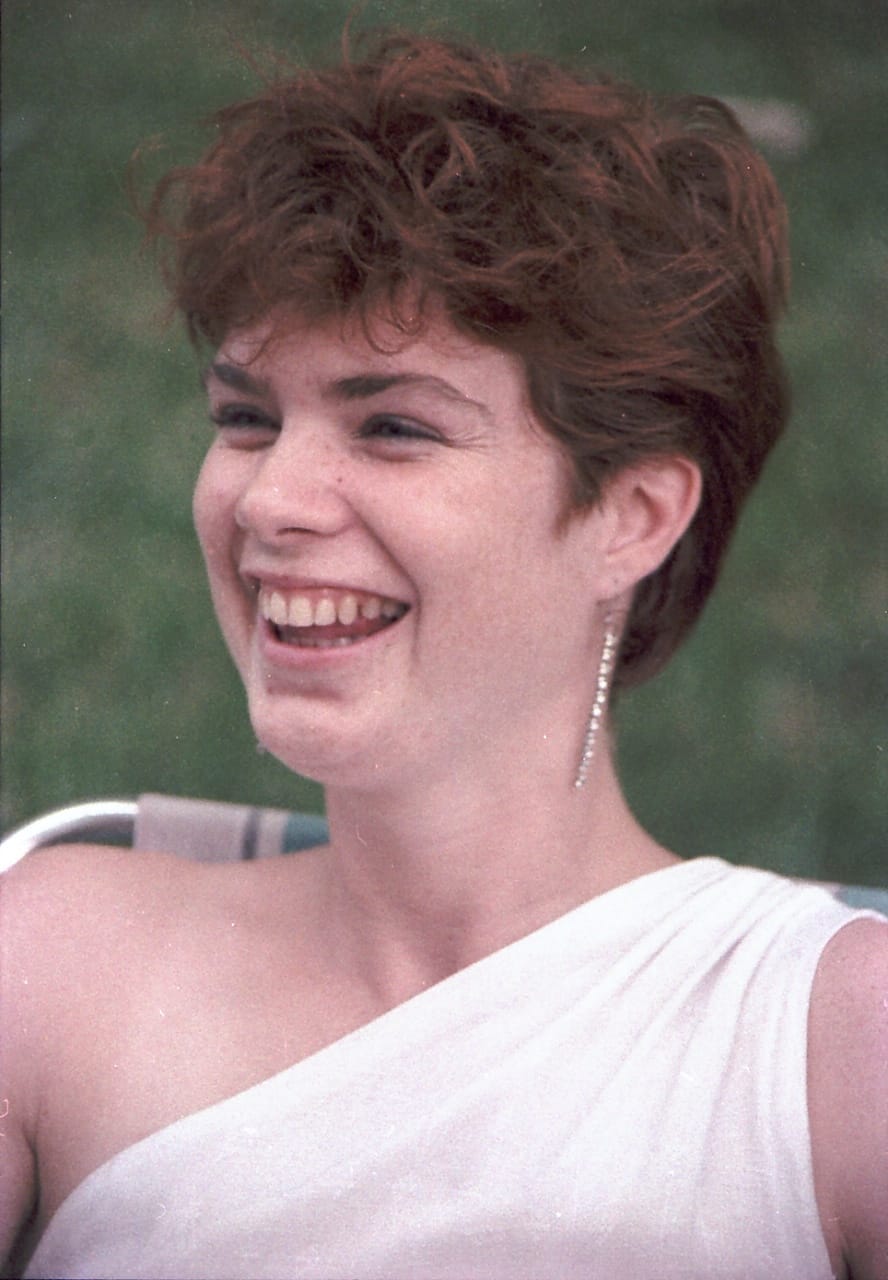Solving for X - Francine Da Sylva
Problems, puzzles and sometimes murder
A word about Francine Da Sylva. Because this story is ultimately about Francine Da Sylva. I can't remember if it was in a podcast, but I've spoken many times about the area's strong influence on me: where she lived and her murder was committed. The locus is Place Emilie Gamelin. That is in itself a focal point in Montreal: the main libr…
Keep reading with a 7-day free trial
Subscribe to Undiluted Hocus-Pocus to keep reading this post and get 7 days of free access to the full post archives.



